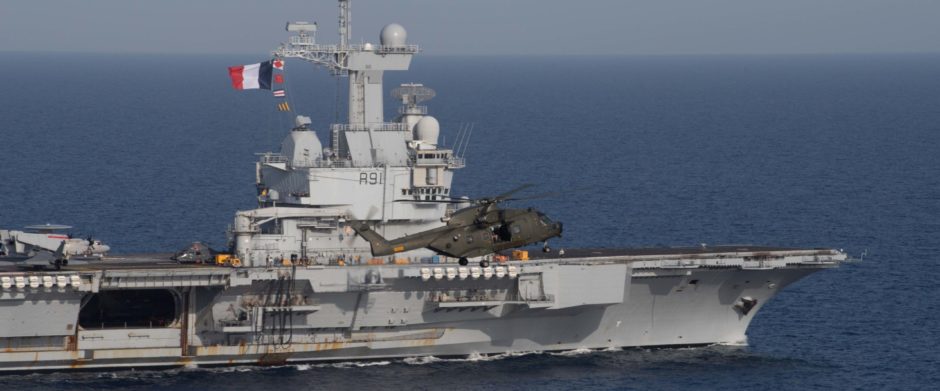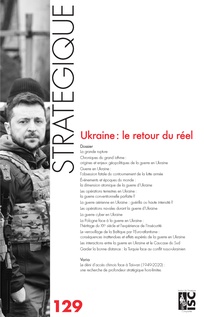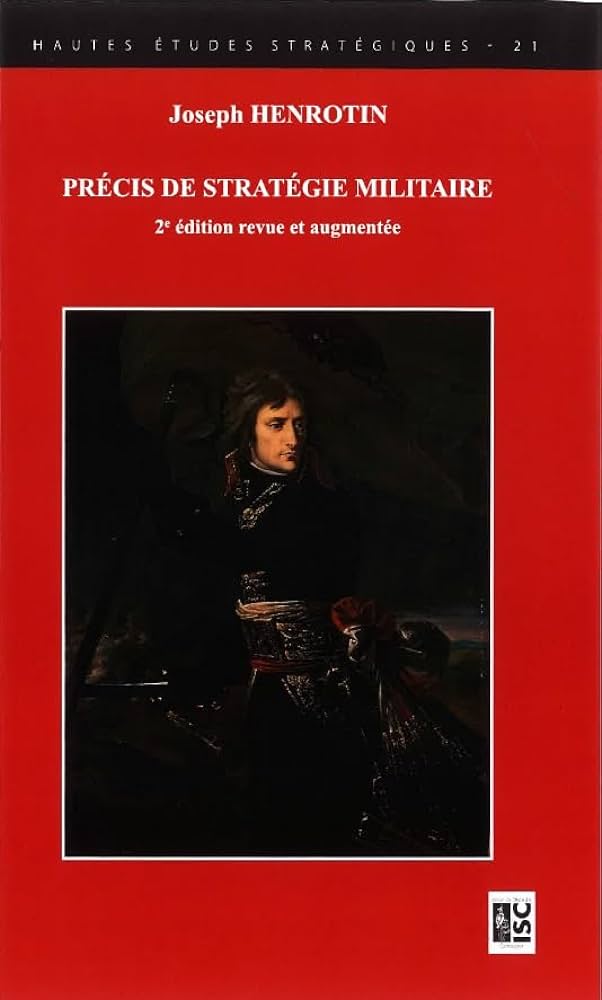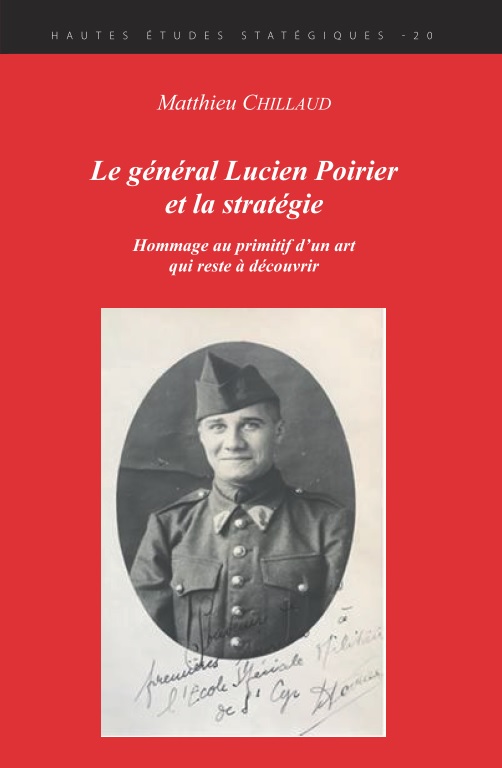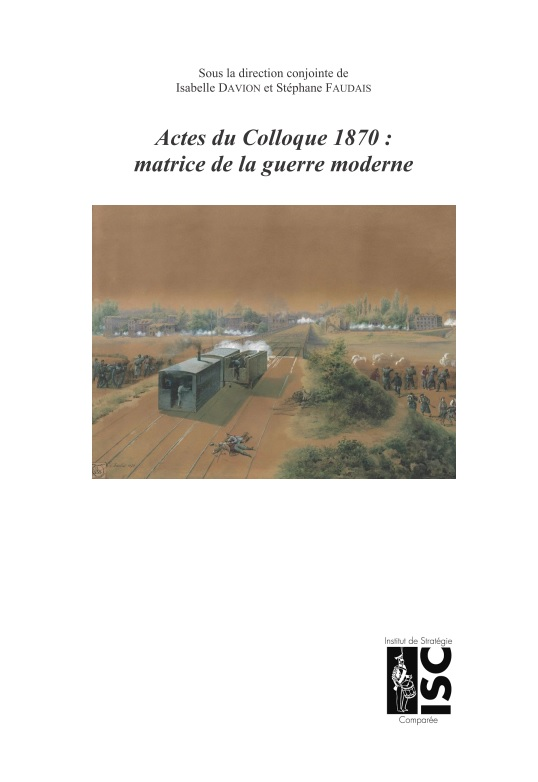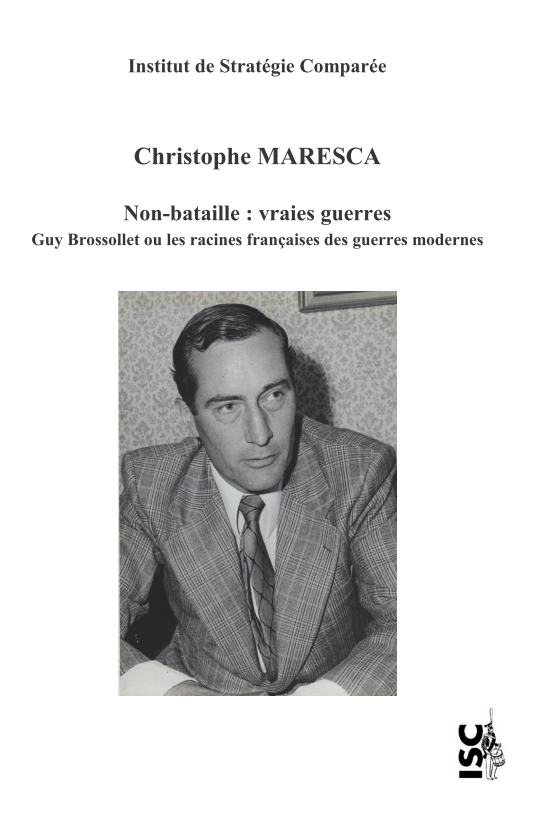Despite the fact that the Lafayette Escadrille and the Lafayette Flying Corps’ men were America’s first combat aviators, the USAF’s and American history have negligently ignored them. As Charles Dolan put it, “The Lafayette Flying Corps, including the Lafayette Escadrille N-124, was and is the beginning and the backbone of the USAF, and not one word of its wonderful contribution exists.” 1 The Lafayette’s history was lost over time, and the lack of available USAF history on the subject has hampered the remembrance of America’s famed aviators. To add to Charles Dolan’s sentiment, Lieutenant Colonel Bruce Freeman of the USAF, who studied the problem of the lack of the Escadrille’s lineage, adds, “More importantly, the first American fighter squadron ever committed to combat no longer exists!” 2
Although the first statement by Charles Dolan is only partially true, the latter statement is completely correct. How can it be that America’s first combat aviators have not been properly held up for recognition and as examples for the rest of the USAF? In this author’s research through the aviation collections, research centers, and museums that exist in the United States, he came to a definite conclusion – none of the Lafayette Escadrille material is centrally located or sorted, and no organization has attempted to mass and gather the existing Lafayette material to one locale in order to tell the Lafayette’s story to the American public.
The Lafayette Escadrille and the USAS History of World War I
Serious attempts were made by the USAS during and after World War I to appropriately document the official history of its units and history. “General Order Number 31,” from General Headquarters, AEF, dated February 16, 1918, “required all major subordinate AEF organizations to establish and supervise a historical section that would collect data and keep a war diary.” The Chief of Staff of the Air Service sent telegrams on November 19, 1918, to every Air Service Organization, directing each to prepare a history and to forward it to the Information Sections. But as Colonel Edgar S. Gorrell, the AEF Assistant Chief of Staff and the man appointed to oversee the official history of the USAS, noted, “the Zone of Action has no further interest in the war – getting home was their main priority. Writing history does not appeal to them.” 3
The Lafayette Escadrille was officially reconstituted as the 103rd Aero Pursuit Squadron, and though the number of the unit had changed, the “Screaming Sioux Warrior” was still used as the unit insignia. Historical responsibility of the Lafayette Escadrille transferred to the 103rd as well; it was responsible for the unit’s history.
The 103rd did include the Lafayette Escadrille history as part of its own, but understandably the unit was more interested with its own exploits and contributions to the war effort and this is readily apparent in a review of the 103rd squadron history. 4 Fortunately for those interested, the Journale des marches et operations, Escadrille 124, Volumes One and Two, exist to this day in good condition at the National Air and Space Museum, and are available for private viewing. These were kept and updated by squadron members and certified by Thenault, and although the log starts in late August 1916, it is complete through February 1918. Besides this, no official history was kept during the war. The Journale reads like a daily flight log, so it does not cover in detail all of the squadron’s activities. Understandably, the unit was in combat operations and it is fortunate that Thenault decided to keep any log at all. 5
After the war, the 103rd was consolidated with the 94th Aero Pursuit Squadron in 1924. The 94th is still an active duty USAF unit flying in the USAF’s 1st Fighter Wing based at Langley, Virginia. Technically, the lineage of the Escadrille had passed on to the 94th Aero Pursuit Squadron. 6
Per war department Circular 25, dated April 8, 1924, “the 103rd Aero Squadron was reconstituted and consolidated into, and as part of the 94th Aero Pursuit Squadron.” 7 According to the Air Force Historical Research Agency (AFHRA) at Maxwell Air Force Base, in a letter to Lieutenant Colonel Bruce Freeman, the “history and honors of the 103rd Aero Pursuit Squadron, and thus the Lafayette Escadrille, are perpetuated by the 94th Tactical Fighter Squadron (TFS). 8
Yet according to researchers familiar with the subject, this had not been done. The 94th TFS has not integrated its history with the 103rd. First of all, the “Hat in the Ring” symbol used by the 94th was originally a personal insignia used by James Norman Hall of the Lafayette Escadrille, a full year before the 94th APS would adopt this insignia. Then, on the subject of victories, an official unit history was released in 1976 at Langley Air Force Base, Virginia, claiming that ‘the 94th “Hat in the Ring” Squadron scored the first air superiority victory in the history of the USAF.” 9 But the 103rd already had seven confirmed “all –American” kills as well as twelve “probables” between February 18, 1918, and two months later when the 94th claimed its first kill. The 40 American kills achieved by the N-124 are not mentioned either. 10
Talks and efforts to reestablish the 103rd in honor of the Lafayette Escadrille have met with no success. The USAF has offered an official explanation in a document entitled “Explanation as to why the 103rd cannot be Resuscitated.” Namely, that it is nearly impossible to bring back a unit once it has been decommissioned; indeed there are no precedents to do so. Also, the 103rd designation falls into a numbering system dedicated to the Air Mobility Command and the National Guard system; there is a unit that currently carries the 103-designation. In brief, the USAF has no interest in resurrecting the 103rd. 11
But where did the Lafayette Escadrille fit into the USAS’s picture of World War I history as a whole? In The U. S. Air Service in World War I, which was completed by USAS historians and produced in four volumes, the Lafayette Escadrille is only mentioned on four occasions in a series that span 2,319 pages. The few references are at least favorable, to include the following,
“When the Lafayette escadrille was called to help as in 94th and 95th Aero Pursuit Squadrons it worked very well. The work was greatly appreciated, and the Lafayette Escadrille, who had experienced men, were assigned to new squadrons. The presence of the pilots at the front, accounted greatly in taking the other pilots across the big transition from school flying to fighting.” 12
The other references mention the Lafayette Escadrille in passing, and there is only one paragraph of eight lines dedicated to the Lafayette Escadrille’s transition to the 103rd. 13 Nothing is noted of the Lafayette Escadrille’s wartime accomplishments. The lack of references to the unit is astounding, considering that the unit had been in continuous combat for close to 23 months – the USAS’s next longest squadron in continuous combat in World War I was the 103rd, which fought for nine months.
Gorrell’s History of the American Expeditionary Forces Air Service, 1917-1919, which is maintained by the U. S. National Archives, has a slightly more extensive coverage of the Lafayette Escadrille. The short unit history it uses was written by Major Dr. Edmund Gros USAS, who although writing a balanced, apt history, neglects to go into details and tells the story more from an administrator’s point of view (which he was) than from a pilot’s point of view. Gorrell’s history does not contain an official unit record of accomplishments, nor does it go into great detail. Furthermore, only 27 pages are dedicated to the Lafayette Escadrille in a series that contains 282 bound volumes of tens of thousands of pages. 14
No Home for the Lafayette Men in the United States
There are no exclusive monuments in the United States dedicated to the Lafayette Escadrille or the Lafayette Flying Corps. There are several statues, monuments, and plaques dedicated to individual members of the Escadrille or the Corps, but all of them except for one exception, were locally funded and supported. None of these are dedicated as a direct result of the U. S. Government or the USAF.
The existing monuments erected in the memory of the individuals of the Lafayette Escadrille are few and scattered. Kiffin Yates Rockwell has a few monuments and plaques erected in his memory. At Lee’s Chapel in Lexington, Virginia, there is a plaque dedicated to Kiffin on the wall. There also exists a North Carolina State Historical Marker at the corner of Merrimen Avenue and Hillside Street in Ashburn, North Carolina, honoring Kiffin and his home. 15
Of course, Kiffin’s rival in the Escadrille, Norman Prince, is buried and memorialized at the National Cathedral in Washington, D. C. James Rogers McConnell and Andrew Courtney Campbell are honored well at the University of Virginia, in Charlottesville, Virginia. McConnell has a street named after him, has a statue in the form of Icarus erected to him on the grounds, and has a plaque in his honor in the school chapel. Campbell also has a plaque dedicated to him and a building in his honor. 16 There is also an obelisk erected in McConnell’s memoriam in his hometown of Carthage, North Carolina. 17 The rest of the small plaques and monuments erected to individual members remain similarly dispersed and obscure.
A plaque exists at the USAF Academy Football Stadium in Colorado Springs, Colorado, dedicated to the pilots who died for France in 1914-1918, but no men are mentioned individually. To this author’s knowledge there are no other officially U. S. Government sponsored monuments or plaques. 18
These scattered monuments do not honor the unit and they do nothing to promote the unit’s history. To illustrate the point, the author stood outside of the University of Virginia Alderman Library, where the Icarus-shaped statue to James Rogers McConnell, stands prominently, and surveyed 100 students on the identity of the monument and whom it was erected to. Out of the 100 surveyed, only 25 students knew whom the statue represented, and the majority of this 25 were graduate students who either worked at the library or did research regularly at the library. Only two undergraduate students knew that it was dedicated to James Rogers McConnell. Only a fraction of the 25 knew what the Lafayette Escadrille was (five). To make sure that this was not just an isolated incident, the author went back through University of Virginia student campus publications and discovered that in the past decades, there were movements aboard campus to have the statue completely removed from grounds due to its reputed ugliness. It took editorials and research from other students to remind the statue-haters that it represented one of their famous own, and that it was a memorial to a fallen war hero. The students who wanted the statue removed had not known that, and they subsequently backed down. 19
There exists no monument dedicated to the Escadrille’s great ace – Lufbery. There is no marker for his birthplace. No flying fields are named after him, no statues are erected to him. The only thing that keeps his name and record alive are the history books that speak of him. 20
No museum in the Unites States has a dedicated exhibit in honor to the Lafayette Escadrille or Corps, private or public, and this includes the National Air and Space Museum. Although there are many exhibits dedicated to early flight in America and to World War I, the American combat aviators of the Lafayette remain conspicuously absent, or are mentioned merely in passing. With no central location dedicated to their homage, with no central repository of information and knowledge of the Lafayette Escadrille and the Flying Corps, it is no surprise that the men have slipped into obscurity.
The USAF has not done a satisfactory job of documenting the Lafayette Escadrille and Lafayette Flying Corps contributions either. The AFHRA contains over 80 million pages in its central archives, yet the lack of primary source material and general material on the Lafayette Escadrille is surprising. 21 The USAF Museum in Dayton, Ohio, which bills itself as the “World’s Largest and Oldest Aviation Museum,” has only one museum display case dedicated to the Lafayette aviators. Furthermore, in the Museum’s official Internet website, several of the Lafayette Escadrille’s men’s names are spelled incorrectly and there are errors in the unit history. 22
The USAF’s History and Museum Program’s Fiftieth Anniversary Commemorative Edition, A Concise History of the U. S. Air Force, has only two sentences dedicated to the Lafayette Escadrille. In these two lines, the book erroneously states that Norman Prince was the founder, had five official victories, and that he transferred to the USAS, when, in fact, he was killed in combat before the USAS ever entered France. The Concise History also lists April 14, 1918, as the first official American victory, claimed by the 94th, which denies the Lafayette Escadrille’s and 103rd’s claims. 23
In France, the Memory Lives on
If there is one body of people that has not forgotten the Lafayette Escadrille, it is the French. The one-armed French General Henri Gourand captured the French sentiment in this phrase,
“When men who have no obligation to fight, who could not possibly be criticized if they did not fight – yet nevertheless decide upon their own individual initiative to risk their lives in defense of a cause they hold dear – then we are in the presence of true heroes.” 24
In fact, the Lafayette Escadrille still exists. In 1920, the French designated the 7th squadron of the 35th Aviation Regiment as the re-born Lafayette Escadrille in memory of the men who came to help France in her hour of need. The purpose was to perpetuate the name and serve as a reminder of the “best example of Franco-American friendship since the American Revolution.” 25 The unit was re-designated as the 2/5 Groupe de Chasse and served in Casablanca during Word War II, and became the most famous escadrille in the war. 26
The unit instilled some new traditions, but it always kept the insignia of the Lafayette Escadrille, the Sioux Warrior. A review though the squadron history demonstrated in pamphlets and documents shows that the French pilots have done their best to keep alive an American “cowboy” spirit by instituting rites and passages involving Sioux and Indian dress. 27
The unit holds reunions every year to commemorate the Lafayette traditions and all former members are invited to attend. The surviving members, while they were alive, were often invited, Charles Dolan was the last survivor to attend. 28
The memory of the dead is not forgotten either. There is a plaque to Kiffin Yates Rockwell which marks where he fell in the French countryside. 29 In the town of Luxeuil there is also a special plaque next to his grave in the town cemetery. In Luxeuil’s town square, there is a plaque dedicated to all of the men of the Lafayette Escadrille, thanking them for their contribution to France. And there is a plaque on one of the sides of the hotels, denoting where the men used to stay. 30 And there is a plaque and unit memorabilia at the Luxeuil air base where the current Lafayette Escadrille was based. 31
There is a monument erected in memory of James Rogers McConnell in Fleury-le-martel where he fell, which was dedicated on June 24, 2000. 32 Ronald Hoskier has a square named after him in D’Etalon. 33 Many of the men are honored in the Pantheon, a celebrated hall of fame of France’s immortal heroes. Here the visitor can see the name of the men who fell for France and who were awarded the Legion of Honor: Charles J. Biddle, Victor Campbell, Raoul Lufbery, Norman Prince, David Putnam, Kiffin Rockwell, Robert Soubiran, and William Thaw are some of the men listed in this special sanctuary. 34
France was also quick to recognize the Lafayette aviators’ efforts during the war. Marshall Petain gave the Lafayette Escadrille two unit citations, the first on August 17, 1917, and the second on October 22, 1918. 35 The unit was also awarded the fourragere of the Croix de Guerre, which was only awarded to 26 units during the war. 36 A special brevet was authorized and given to the Lafayette Flying Corps pilots by the Minister of War in 1918. 37 Marshall Foch awarded the aviators another citation November 7, 1919. 38
The American Government has never officially recognized the Lafayette Escadrille or the Lafayette Flying Corps with a special citation or award.
* * *
That France remembers the Lafayette aviators better than the Americans speaks volumes about the Lafayette’s state of affairs in America. One could perhaps say that the French have more reason to thank the American aviators. But the truth is that America has failed to commemorate the Lafayette men.
- Lettre, date 19 septembre 1970, Charles Dolan à M. Q. Beam. Charles Dolan Collection.
- Freeman, Bruce M., The Lafayette Escadrille: Preserving her Heritage (University of Nebraska, 2000), p. 2.
- Gorrell, Edgar S., Gorrell’s History of the AEF Air Service (USAF Information Circular, 1921), p. 2.
- 103rd Aero Pursuit Squadron Logbook.
- Journal: Escadrille N° 124.
- Freeman, The Lafayette Escadrille.
- Ibid.
- Ibid.
- Ibid.
- Ibid.
- Ibid.
- The USAS in World War I, Vol. I, p. 285.
- Ibid., p. 288.
- Gorrell’s History.
- Rockwell, Interview: Paul Rockwell, p. 27.
- Visite d’auteur.
- Archives du NASM, Smithsonian Institution.
- Lettre, date juin 1963, de Austen Crehore. Austen Crehore Collection.
- The Cavalier Daily, date 2 novemmbre 1995, et The University Journal, date 10 novembre 1982.
- Flammer, The Vivid Air, p. 187.
- Air Force History and Museums Programs Brochure, 2001.
- Visite d’auteur.
- McFarland, Stephen L., A Concise History of the U. S. Air Force (Air Force History and Museums Program, 1997), p. 7.
- Mason, Lafayette Escadrille, p. 105.
- Flammer, Vivid Air, p. 198.
- Entrevue avec M. Jean Gisclon.
- Publication de l’Escadrille Lafayette 2/5.
- Entrevue avec M. Gisclon.
- Flying for France vidéo.
- Visite d’auteur.
- Ibid.
- James R. McConnell Collection.
- Gordon, The Lafayette Flying Corps, P. 138.
- La Cohorte, N° 99 et visite du Pantheon par l’auteur.
- Parsons, I Flew, p. 296.
- Ibid., p. 314.
- Gros, A Brief History, p. 17.
- Battle Creek Airshow brochure, Charles Dolan Collection.
